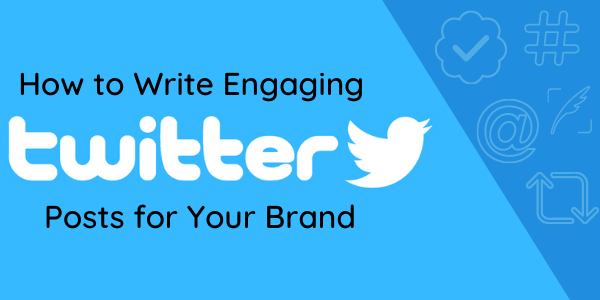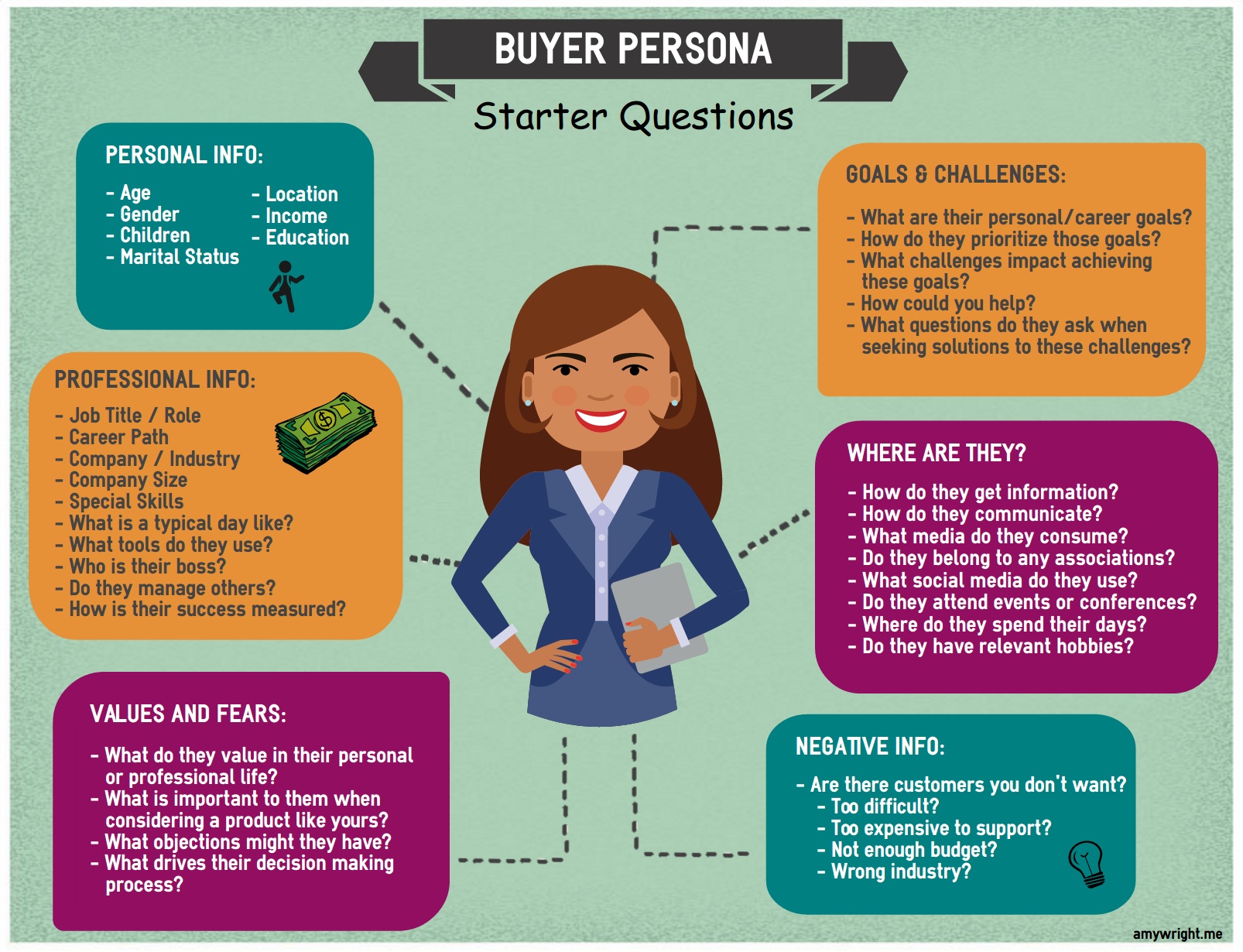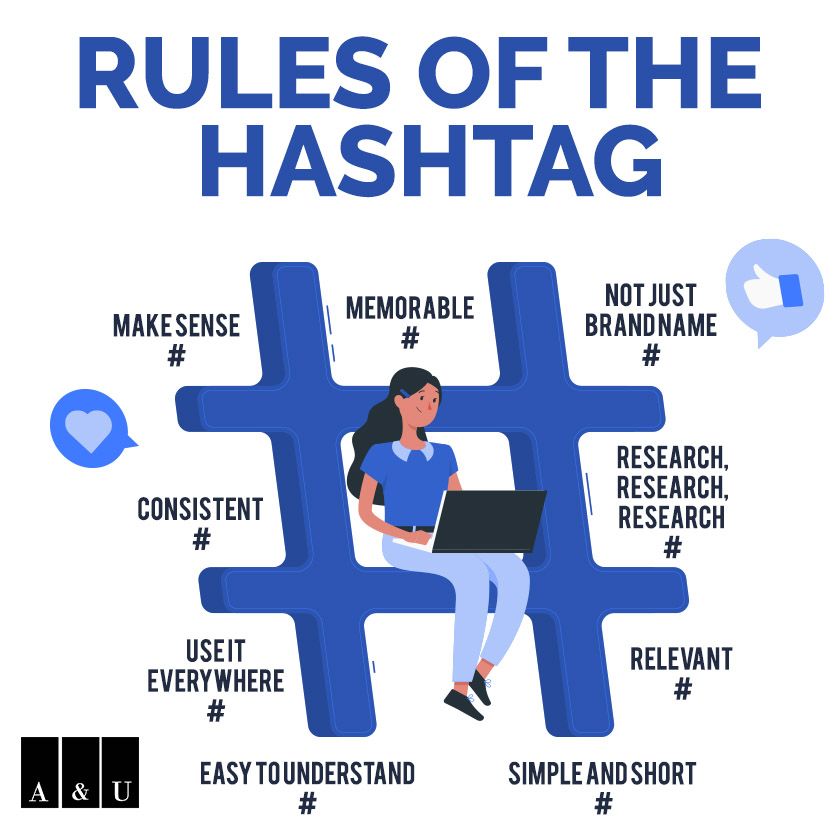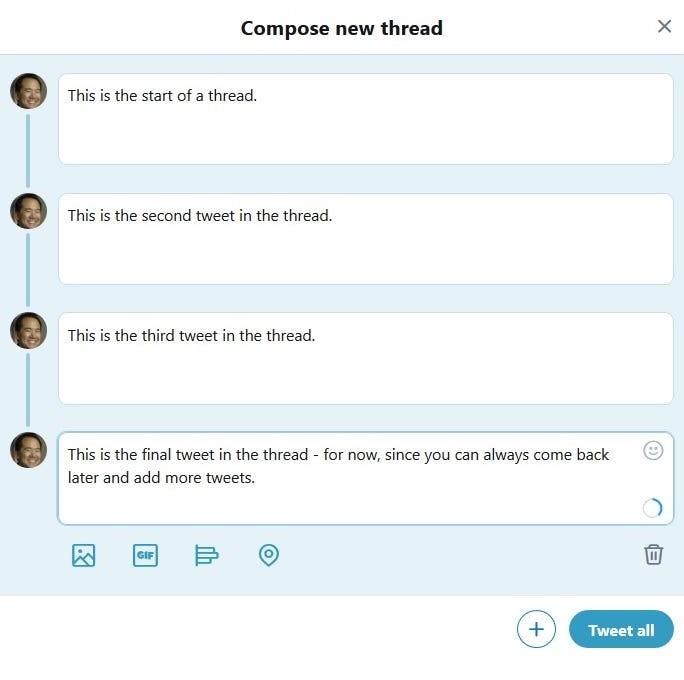- Blog Home
- Social Media Marketing
- Scripted Writers
- How To Write Engaging Twitter Posts For Your Brand
How to Write Engaging Twitter Posts for Your Brand

Twitter stands out from other social media platforms based on a few unique attributes. The first and most apparent is the text limit for tweets: only 280 characters. This restriction seems stifling at first, but working with it allows your brand to make a significant impact in a few short lines.
Twitter's centered around real-time conversations and reactions, rather than interacting with people already known to Twitter users. You have a greater potential for reaching new audiences outside of your brand’s established social circle and the ability to connect more meaningfully with your customer base. Twitter users are also not hostile to brand interaction, with 93 percent being open to this type of engagement when done correctly.
Twitter has 187 million daily active users, and Pew Research found that the typical demographics for this platform include:
- 40-year-old median age
- 42 percent of Twitter users have college degrees
- 41 percent of Twitter users make more than $75,000
When you use Twitter as part of your content marketing strategy, you benefit by:
- Increasing brand awareness
- Nurturing your leads
- Gaining another content distribution channel
- Having direct, one-on-one interactions with your audience
- Gaining real-time feedback from customers
- Tracking your competitors’ marketing efforts
Writing engaging Twitter posts takes a different approach from less limited content channels, especially since the typical tweet only has an 18-minute lifespan.
Use the following tips to get more out of your tweets and build your brand’s Twitter presence.
Start with Your Buyer Personas to Write Engaging Twitter Posts

Before you invest in writing high-performing brand tweets, ask whether your audience even uses Twitter. If your average buyer uses other social media channels, then you may not reach your marketing goals if you focus on Twitter.
Once you establish whether your buyer personas use Twitter, you can explore the type of content they engage with on this platform. Look into the hashtags they use, the brands they follow, the content they like, and how they interact with followers and brands. You can learn a lot about audience expectations with this approach and tailor your tweets to each buyer segment.
Establish a Brand Voice for Twitter

Twitter is a fast-moving social media platform with a focus on authentic conversations and straightforward language. You may need to adjust your brand voice to account for these changes, especially if you use formal language. Brands on Twitter should be approachable and use casual language that’s appropriate for your audience.
Spend some time following Twitter users who fall into your target audience and see the language, slang, abbreviations, emojis, and GIFs they use. Much like other content channels, you want your brand voice to match the way your audience engages, showing you're relatable and relevant.
Choose the Right Hashtags

Hashtags are an important part of engaging in Twitter conversations and getting more eyes on your content. When you include hashtags in your tweets, it can lead to up to 100 percent greater engagement.
However, you want to limit how many hashtags you use on your tweets. If you go beyond two, you risk your content coming off as spammy and reducing your post engagement. There are a few types of hashtags to consider when you create each tweet:
- Branded hashtags: These hashtags include your brand name, tagline, product names, and other words specific to your brand. Before using this type of hashtag, search for it on Twitter to ensure that other brands or other parties aren’t using it.
- Popular hashtags: These hashtags get used frequently on Twitter and can help you build brand awareness and reach.
- Trending hashtags: These hashtags have rapid growth over a short period, and are typically connected to news and current events. They’re high volume and displayed to many Twitter users on the sidebar.
- Community hashtags: Online communities and segments of Twitter have their own hashtags, which offer an excellent chance to increase engagement with your audience.
- Twitter chat hashtags: Twitter chats are scheduled conversations where the chat host asks questions, and other Twitter users respond and include the specified hashtag. You can establish yourself in a Twitter community by participating in these chats with useful and relevant information.
- Niche hashtags: Hashtags can cover a wide range of interests and market niches, with varying volume and engagement levels.
No matter which hashtags you add to your tweets, make sure that they’re always relevant. If you don’t have an interesting reason to use a specific hashtag, adding it might feel like spam to your audience.
Content Ideas for Engaging Twitter Posts
Mix up your brand’s tweets so you appeal to different segments of your audience and add some variety. You don’t want your followers to get bored and stop engaging with your brand and its content. Here are some ideas to get you started with writing for Twitter:
- Brand news
- Industry news
- Blog posts
- Discounts and coupons
- Product releases
- Questions
- Contests
- Twitter polls
- Brand content distribution
- Share content you think appeals to your audience
- Statistics and other short data points relevant to your audience
- FAQs
- How-tos
- Behind the scenes
- How it’s made
- Giveaways
- Retweeting user-generated content
- Twitter cards
Getting the Most Out of 280 Characters

“I didn’t have time to write a short letter, so I wrote a long one instead.”—Mark Twain
It’s hard to get your point across in only 280 characters. You don’t have any room for fluff or unnecessary details, and it can be jarring to switch from writing long-form content to putting together engaging Twitter posts. On top of that, you need to make sure you have room for your hashtags, user tags, and links.
Start by creating one message with valuable content. You don’t have room for multiple ideas or tangents, so save those for other posts. Use simple language with a vocabulary based on your brand voice research while avoiding jargon terms. Use abbreviations and acronyms when they’re well known to your Twitter audience to save more space. You want to balance on the line between professional and casual, with a goal of starting or responding to valuable conversations.
Use first and second-person point of view for your tweets. For example, when your brand says something, use “we,” when an individual staff member posts and signs their name to the tweet, use “I,” and when you refer to the audience, use “you.” Third-person point of view can come off as too formal or impersonal for a platform that thrives on personalities.
Get more characters out of your engaging Twitter posts by using link shortening services for all of your links. This approach also generates data on how many people click on your links.
Your Twitter post drafts will likely overshoot the 280 character limit, and the platform helpfully displays how far you’ve gone over the limit. It takes time and practice to create these posts.
Edit, Edit, and Edit Some More
Before you publish your tweets, double-check your spelling and grammar. Twitter doesn’t include an edit button, so fixing any mistakes requires you to delete the offending post. Tools such as Grammarly and Pro Writing Aid are helpful for this process.
A few mistakes here and there aren’t necessarily a bad thing. For some brands, the odd typo or error humanizes the account and offers a more authentic experience.
Include Visually Appealing Content
Tweets with images help you increase your engagement. Photos, videos, and GIFs are all options on Twitter. If you use photos, be aware of the way Twitter crops pictures to optimize them for the Twitter feed. You may need to delete a few posts until you get used to how Twitter’s algorithm chooses its photo center points.
Tag Brand and User Mentions
If you’re talking about a particular brand (other than your own) or person in your tweet, make sure to tag their Twitter handle in your post.
Keep Accessibility in Mind
Reach a larger audience by taking the time to make accessible content for Twitter. This platform has a built-in tool for adding alt text to your photos, which is important for visually impaired and blind users. You can also improve your hashtags’ compatibility with screen readers by using camel case. In camel case, the first letter of every word is capitalized, with no spaces between the words. Finally, add subtitles to your videos for deaf and hard-of-hearing users, along with users who browse with their audio muted.
Include a Call to Action if Applicable
If you want your audience to take action on your tweet, include a call to action at the end of your post. Spell out exactly what you want a reader to do, such as click this link to read our latest blog post or retweet this post to enter a contest.
Writing Tweet Threads

You can create Tweet Threads, which are multiple tweets that connect together. When someone clicks a post in this thread, it takes them to a page that displays all of the connected tweets. If you have a topic that needs more than 280 characters to discuss, you can use this feature. Typically each post in the thread is numbered to show the reader the size of the discussion. For example, the first post in a five-post thread would be labeled 1/5.
Scheduling Your Tweets

The right time for posting on Twitter depends on your audience. This group has its own schedule, based on their typical Internet usage, daily activities, and life stage. In general, Sprout Social found that Wednesdays and Fridays at 9 AM were among the best times to post.
Your Twitter posting frequency also matters. Don’t send out all of your content at the same time, and try to stay consistent on how many tweets you send in a day. Buffer found that up to three posts per day is optimal for brands. Try to keep some room open for spontaneous tweets, to give you the opportunity to engage with a viral trend or relevant current event.
If you have evergreen tweets that perform well, reuse them. You may need to make a few updates here and there, but you can get a lot of mileage out of these posts.
Analyze Your Tweets and Listen to User Feedback
You can use the built-in Twitter analytics tool or your own social media marketing platform to track tweet performance. By analyzing this data and paying attention to the direct user feedback you get on Twitter, you can adapt your post writing to your audience’s expectations.
A well-written tweet can take you far on Twitter, whether you want to build stronger relationships with your customers or expand your brand awareness. Working with professional writers from Scripted connects your brand with social media writers skilled at creating engaging tweets. You can focus on your overarching Twitter strategy rather than getting caught up in the details of your posts. Browse Scripted writers now to get started.
Published by Scripted Writers on Wednesday, April 7, 2021 in Social Media Marketing, Buffer, Sptout Social.
